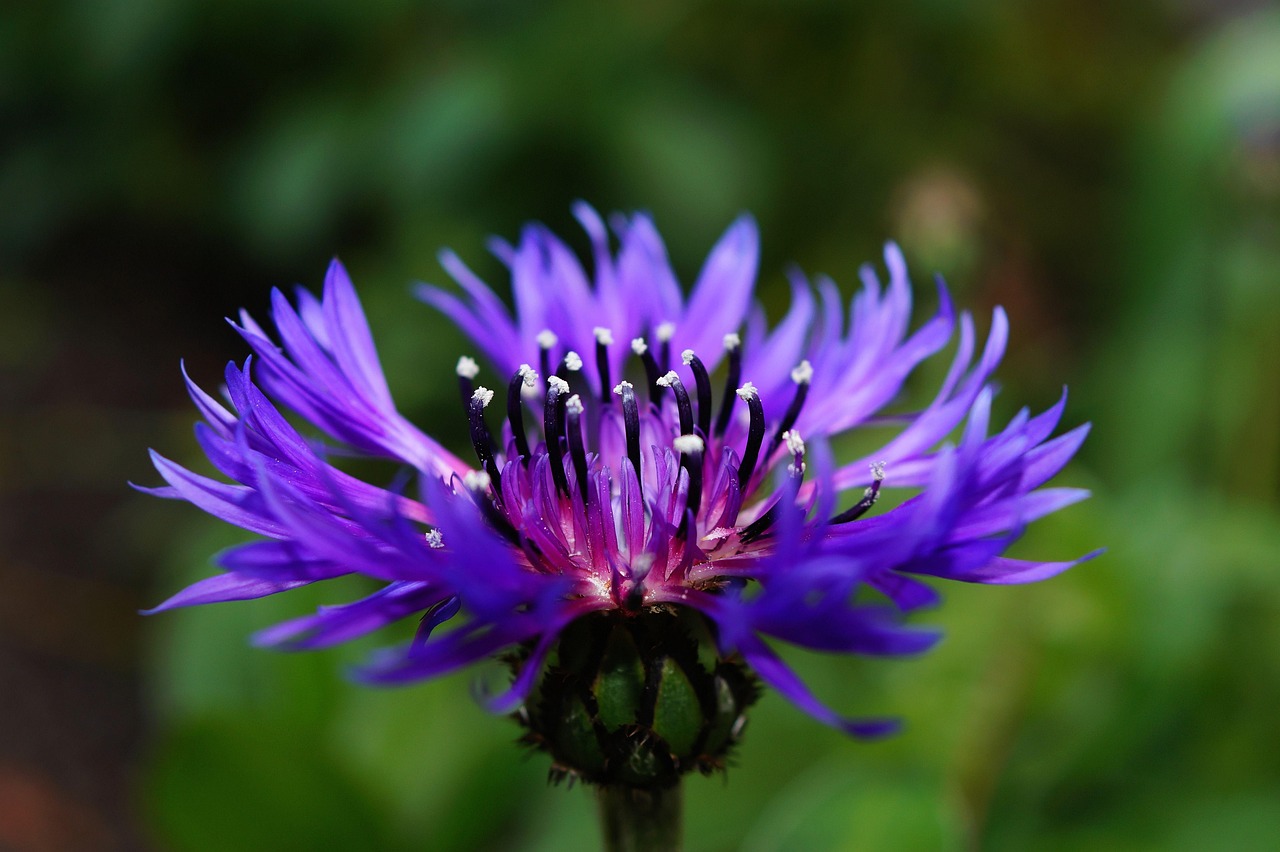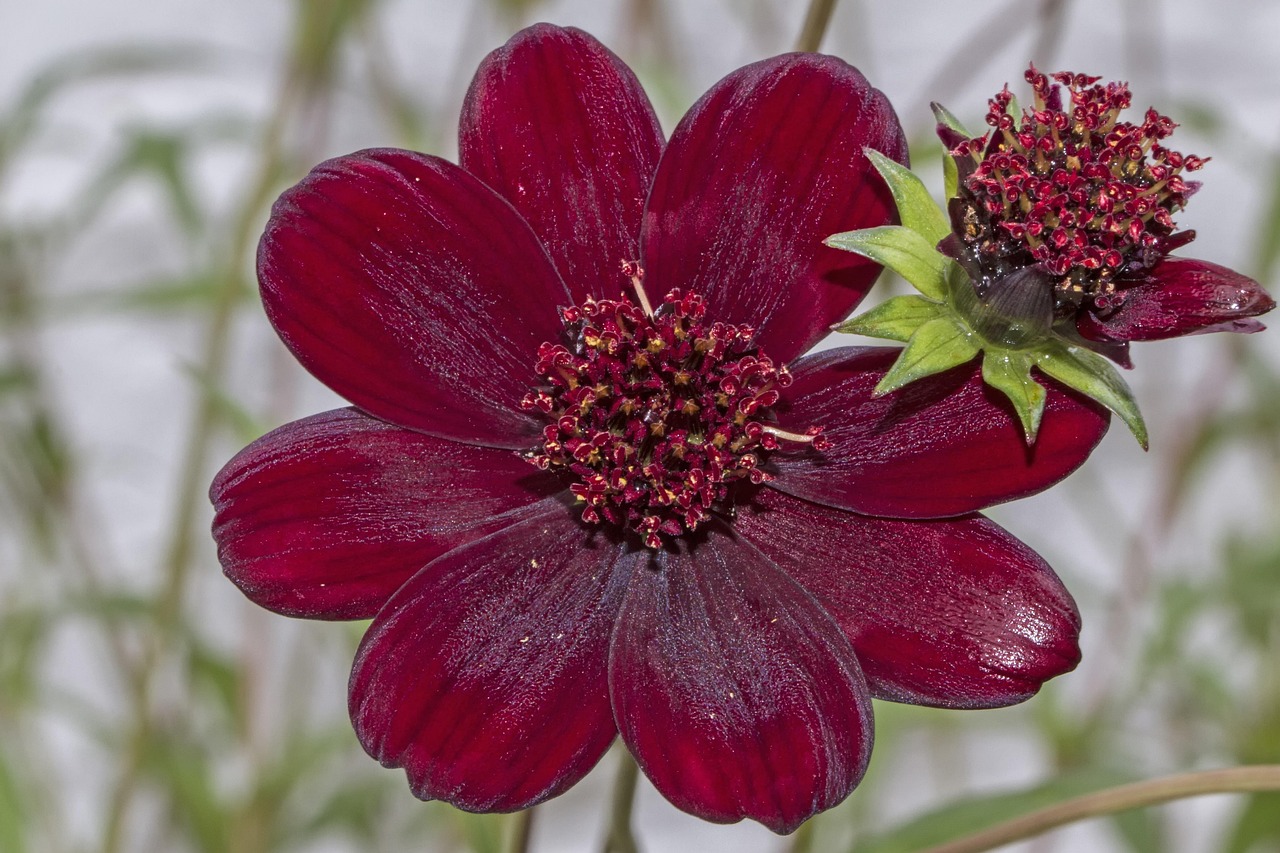Cosmos | Stars Dancing in the Autumn Breeze

Cosmos are widely cherished as a flower that symbolizes autumn. Their light and elegant appearance, swaying gracefully in the wind, evokes the passing of the seasons.
Their bright blossoms add vivid colors to gardens and parks, making them a popular choice even among beginner gardeners.
In this article, I will introduce the essential information about cosmos, their cultural background, and practical tips for successful cultivation.
Basic Information
- Scientific name: Cosmos bipinnatus
- Family: Asteraceae
- Origin: Mexico
- Appearance:
Cosmos typically grow to about one meter in height, with slender stems and finely divided, thread-like leaves. The flowers open wide in vibrant shades of pink, white, red, and yellow. At the center, clusters of small yellow florets can be found. - Blooming season:
Mainly from late summer to autumn (August–October). They are well known for enriching autumn landscapes.
Cultural Significance

In Japan, cosmos are also called akizakura (autumn cherry blossom) and are cherished as a flower that represents autumn scenery. Fields of cosmos often become seasonal tourist attractions, beloved as symbols of the changing season.
Their meanings in the language of flowers include “harmony,” “maiden’s purity,” and “love,” which make them a popular choice for both gifts and gardening.
Cosmos are also widely cultivated for ornamental purposes around the world, especially in Europe and North America. Due to their ease of cultivation, they are commonly planted in gardens, parks, and roadside flower beds, offering a simple way to enjoy the beauty of the season.
Historical Background
Cosmos were brought from Mexico to Europe by the Spanish in the 16th century, and later spread across the world. They were introduced to Japan in the Meiji era and soon became a well-loved symbol of autumn.
The name “cosmos” comes from the Greek word kosmos (order, harmony), referring to the symmetrical and harmonious shape of the flower.
Thanks to their easy maintenance and rapid growth, cosmos are also used for the regeneration of farmland and wasteland, making them a symbol of nature’s power to restore itself.
Gardening Advice

Cultivation Guide
Cosmos are hardy and easy to grow, thriving best in sunny locations.
Since they are relatively drought-tolerant, moderate watering is sufficient. However, it is important to provide ample water immediately after sowing seeds or for young seedlings.
As they are vulnerable to strong winds, it is advisable to plant them in sheltered areas or support them with stakes.
Because of their rapid growth, thinning and light pruning before blooming will help maintain plant health and encourage abundant flowering.
Environment and Growth Conditions
Cosmos prefer well-drained soil. For flowerbeds or planters, sandy and light soil works best. Excess fertilizer should be avoided, as it may weaken the stems and reduce flower production.
Cosmos are also resilient in warm climates, making them ideal for planting from late summer through autumn.
Since they grow naturally with little effort, they provide beautiful blossoms without requiring much maintenance.
Conclusion
With their vivid colors and graceful appearance, cosmos brighten autumn gardens and can be enjoyed easily by anyone.
As they are simple to cultivate and add elegance to the autumn scenery, I encourage you to grow cosmos and experience their seasonal beauty.





